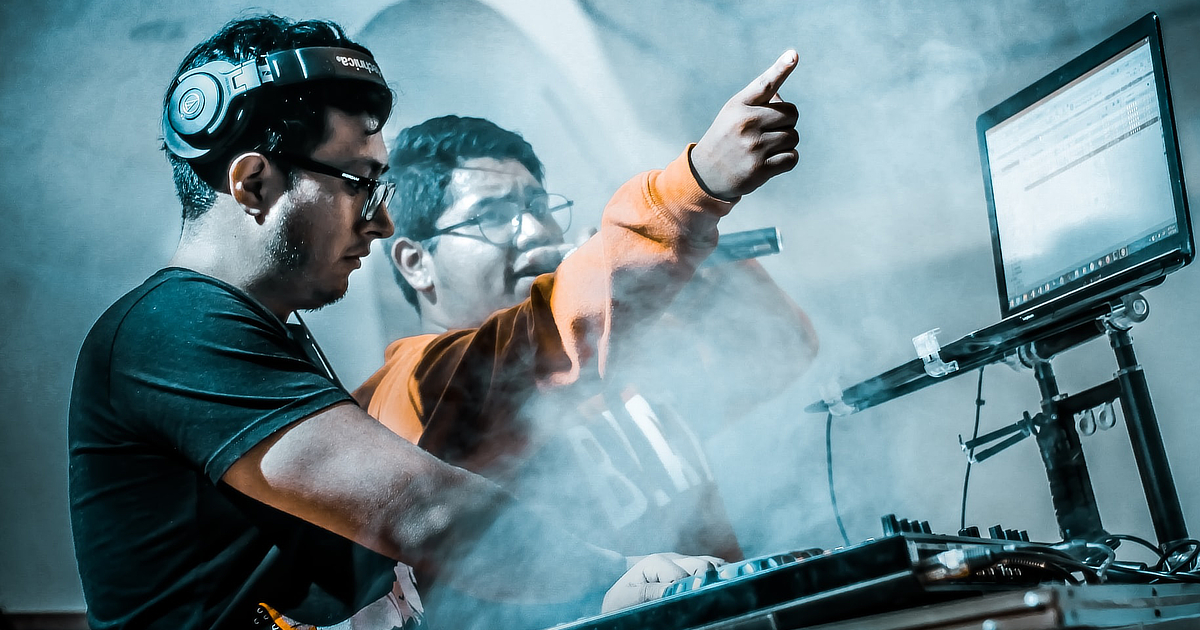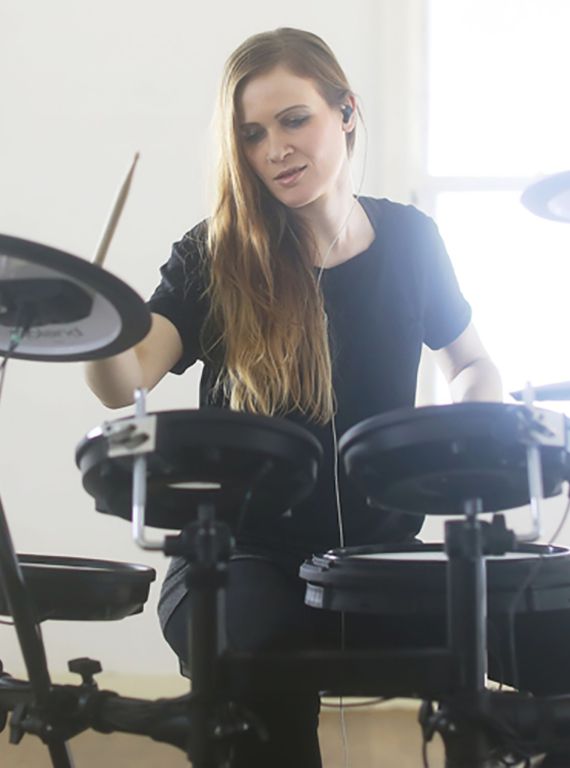
- #Electronics and live performer how to#
- #Electronics and live performer software#
Britannica Beyond We’ve created a new place where questions are at the center of learning. 100 Women Britannica celebrates the centennial of the Nineteenth Amendment, highlighting suffragists and history-making politicians. COVID-19 Portal While this global health crisis continues to evolve, it can be useful to look to past pandemics to better understand how to respond today.Student Portal Britannica is the ultimate student resource for key school subjects like history, government, literature, and more.From tech to household and wellness products.
 This Time in History In these videos, find out what happened this month (or any month!) in history.
This Time in History In these videos, find out what happened this month (or any month!) in history.  #WTFact Videos In #WTFact Britannica shares some of the most bizarre facts we can find. Demystified Videos In Demystified, Britannica has all the answers to your burning questions. Britannica Explains In these videos, Britannica explains a variety of topics and answers frequently asked questions. Britannica Classics Check out these retro videos from Encyclopedia Britannica’s archives. This research feeds into Kirsten Hermes’ upcoming Routledge book “Performing Electronic Music live”. Through autoethnography, random automatic improvisation will be explored in the context of two contrasting genres of electronic music: neoclassical and chiptune pop. The seminar covers a range of technical means for implementing randomness in the performance of electronic music, including possibilities within popular performance DAWs (Ableton Live), pure hardware setups and programming environments. by subtly varying synthesis parameters or rhythmical arrangements. While pop artists may wish for their record to still be recognizable in the performance, interest can be created e.g. Generative approaches are popular in the fields of live coding and modular synthesis, however they are less often related to the performance of popular electronic music. The term Generative Music, as coined by Brian Eno (2009), describes compositions that change every time they are played: by defining a system that allows for randomness, artists can explore new musical material. Therefore, the automatic randomization of performance parameters within pre-defined constraints can be an option for keeping performances interesting – by ensuring that no two performances of the same song are identical.
#WTFact Videos In #WTFact Britannica shares some of the most bizarre facts we can find. Demystified Videos In Demystified, Britannica has all the answers to your burning questions. Britannica Explains In these videos, Britannica explains a variety of topics and answers frequently asked questions. Britannica Classics Check out these retro videos from Encyclopedia Britannica’s archives. This research feeds into Kirsten Hermes’ upcoming Routledge book “Performing Electronic Music live”. Through autoethnography, random automatic improvisation will be explored in the context of two contrasting genres of electronic music: neoclassical and chiptune pop. The seminar covers a range of technical means for implementing randomness in the performance of electronic music, including possibilities within popular performance DAWs (Ableton Live), pure hardware setups and programming environments. by subtly varying synthesis parameters or rhythmical arrangements. While pop artists may wish for their record to still be recognizable in the performance, interest can be created e.g. Generative approaches are popular in the fields of live coding and modular synthesis, however they are less often related to the performance of popular electronic music. The term Generative Music, as coined by Brian Eno (2009), describes compositions that change every time they are played: by defining a system that allows for randomness, artists can explore new musical material. Therefore, the automatic randomization of performance parameters within pre-defined constraints can be an option for keeping performances interesting – by ensuring that no two performances of the same song are identical. 
Not all artists are able to play traditional musical instruments or operate complicated performance equipment. Following Csikszentmihalyi’s Flow theory (2013), artists are more likely to disengage when they repeatedly perform the same material without new challenges. Unmodified backing tracks lack interest, both for the audience and performer.
For instance, records are usually created by layering software instruments and samples and cannot be reproduced on the fly in the same way as they were produced in the studio (Snoman, 2019). The performance of popular electronic music, however, is accompanied with a specific set of challenges.

Concerts are an invaluable income stream for artists (Webster et al., 2013). Click Here to Book a Place via Eventbrite (and Receive a Zoom Invite) Kirsten Hermes (University of Westminster)Įlectronic music is at the forefront of contemporary recording practice and DAW-based productions dominate the current popular song charts (Official Charts, 2019 and Strachan, 2017).








 0 kommentar(er)
0 kommentar(er)
